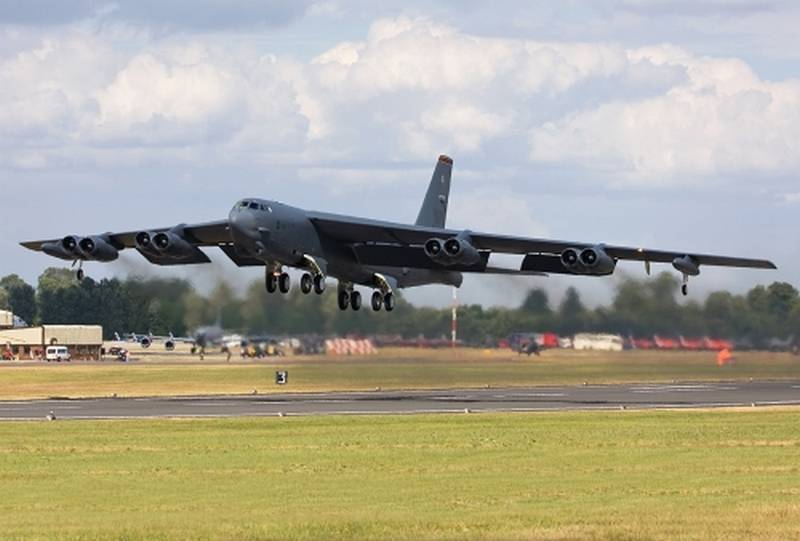In the US, tested a new power plant for the bomber B-52

As part of the B-52 strategic bombers modernization program, the U.S. Air Force is considering remotorization of aircraft to extend its life. To date, there are two options for remotorization - the first, which provides for the replacement of standing engines with others (direct replacement) and the second, which provides for the replacement of power plants with their reduction from 8 to 4.
Reportedly, the TF52 engines on the B-33 are very expensive to maintain, and they also have high fuel consumption. During the remotorization of the US Air Force plan to reduce the cost of engine maintenance and expect to reduce fuel consumption.
The F52 engine proposed for installation on the B-130, or rather its version, was developed on the basis of the BR725 power unit used on Gulfstream G650 business jets. With less fuel consumption, it is able to develop thrust up to 75,6 kilonewtons, which corresponds to the thrust of TF33 B-52 engines.
Earlier it was reported that during the upgrade, the B-52 will receive a new radar station with an active phased array based on the APG-82 radar used on F-15E Strike Eagle fighter-bomber aircraft.
In addition, it is planned to equip all aircraft in service with digital data transmission channels, displays with digital maps, next-generation avionics, and new radio stations. Also, work will be carried out to increase capacity, the B-52 will be able to carry more missile and bomb loads due to the optimization of the internal space and the installation of new underwing pylons. In addition, the aircraft will be able to use the new high-tech weapon. Earlier it was reported about the development of a new promising roundabout weapon system for the B-52, which will allow carrying precision munitions both at external points of the suspension and in the bomb compartments.
The B-52 Stratofortress is a multi-functional heavy ultra-long intercontinental strategic missile bomber that has been in service with the U.S. Air Force since 1955. It was developed in the 50s, but is still the main long-range bomber aircraft. aviation US Army. Currently, the United States has 76 aircraft of this type, the average age of which is 50-55 years.
The combat radius of the B-52 is 7,2 thousands of kilometers, and the fermentation range - 16 thousands of kilometers. The aircraft can reach speeds of up to 950 kilometers per hour and carry a bomb load of up to 31 tons.
Information